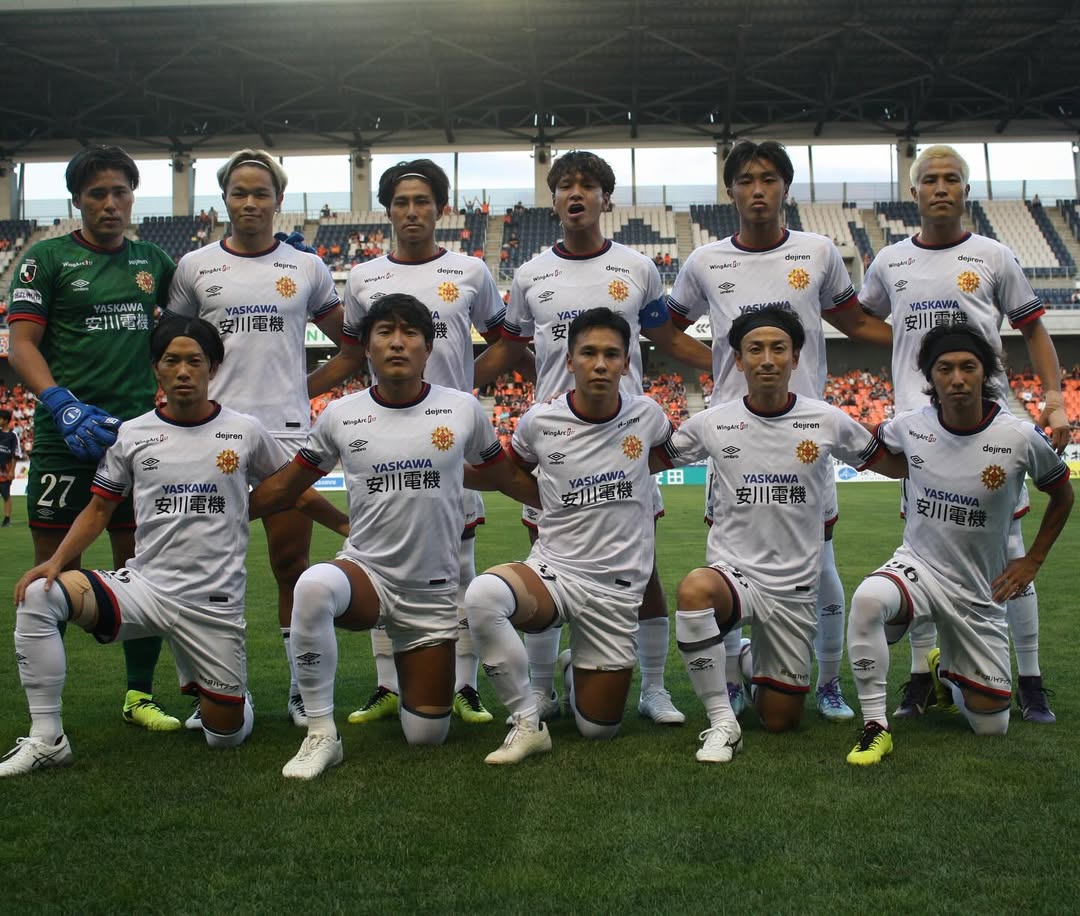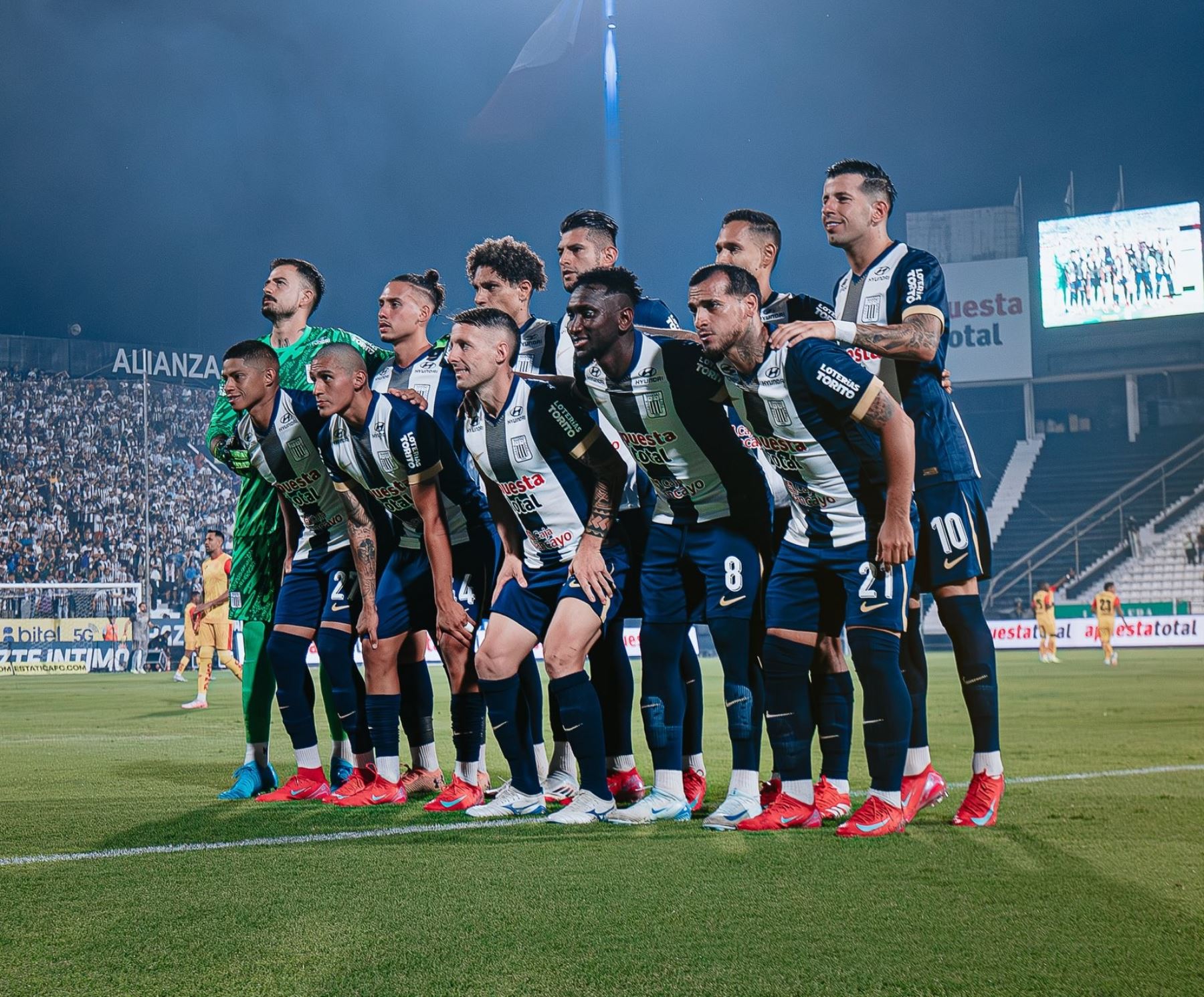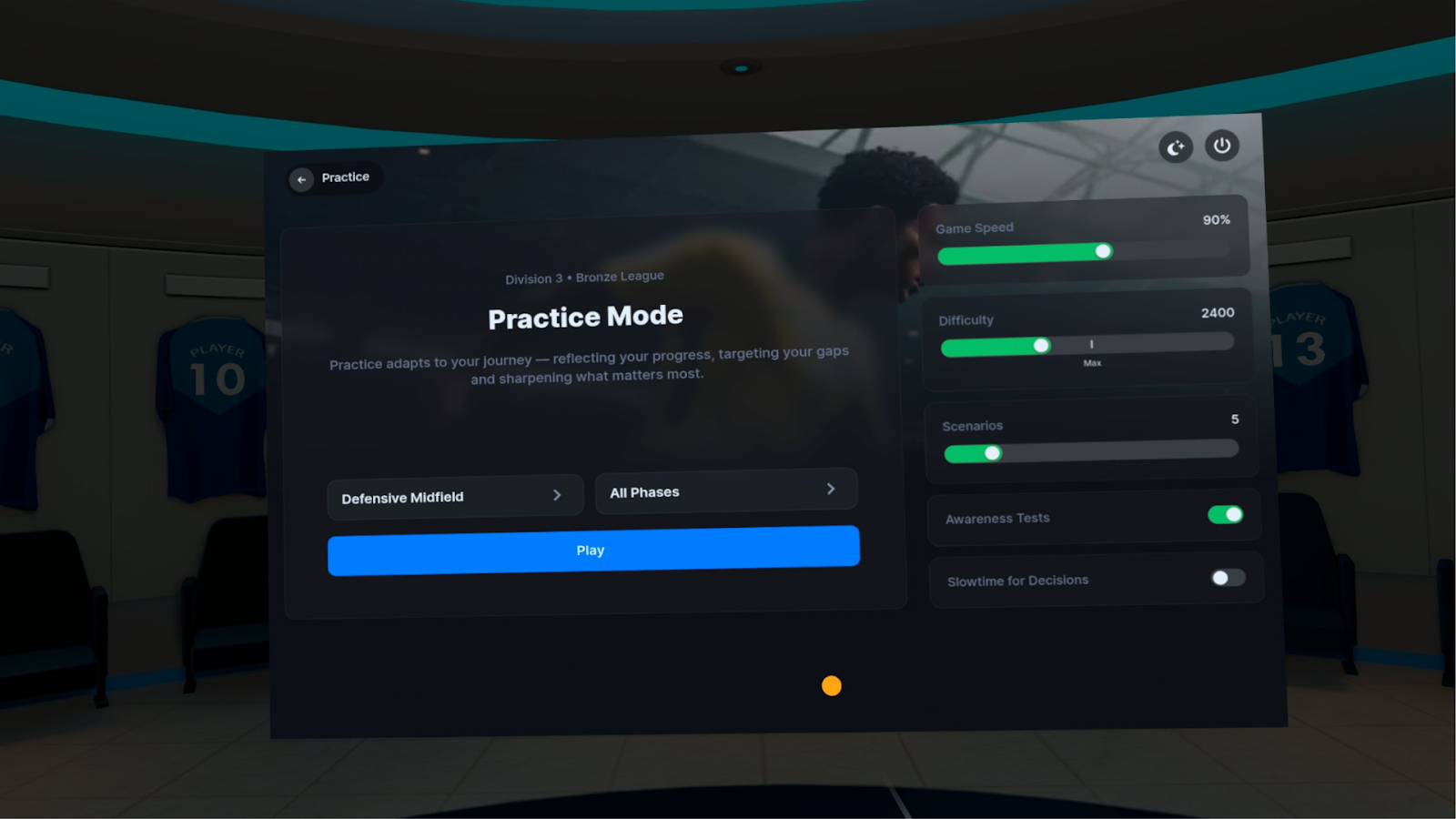The New York Times and The Athletic published an article on the art of scanning in football, featuring excerpts from a conversation with Be Your Best CEO, Andreas Olsen.
The piece, written by Stuart James, explores the concept of scanning. Explaining what the skill is, why it helps players, how studies have shown there is a direct correlation between scanning and performance on the pitch, and most importantly how current professional players, clubs, and academy prospects are all using virtual reality technology, specifically Be Your Best, to accelerate their scanning behaviours and capabilities.
Throughout the piece there is a consistent theme of how valuable scanning is, and how integrally interlinked it is with the technical and tactical aspects of the game.
Scanning research and studies
According to Geir Jordet - a Professor in Football and Psychology, and a world-leading expert in the role of vision, perception and anticipation in elite-level football performance - scanning is the process of “looking away from the ball, with the intention to gather information that can then be used when I later engage with the ball.”
Jordet, who started studying scanning in 1997, has conducted years of research into the subject; filming and analysing over 250 professional players and 200 elite youth players.
In 2021, Jordet published the key findings from his extensive studies. These included:
- Overall, the best players look at the game, others look (more) at the ball. Hence why many of the top players in football are/were extraordinary scanners.
- High scan frequency (scans per second) is linked with higher pass completion and more progressive passes.
- Timing is key. Elite players scan between teammates’ touches of the ball. When the ball is touched, it changes direction/pace, so they look at the ball. Between touches (or when the ball moves between players), nothing new happens with the ball, so they look at other events.
- A football match is so dynamic, fast-paced, and complex it challenges the limits of the eyes. Eye tracking studies show elite players’ scans are quick (90% lasts less than 0.7 sec) and rarely involves fixation of the eye (less than 3% of scans).
- Scanning on its own is never sufficient. To benefit from it, players need to actually pick up the information and convert it into action. Many complex cognitive operations are involved, but scanning provides an observable and manageable (i.e. “scoutable” and “coachable”) portal.
- Players in all positions and field locations will likely benefit from scanning, but some positions naturally scan more than others. At both Premier League and top U17/U19 level: midfielders scan the most, forwards the least. However, scanning is equally important for defending. A student project found that Premier League defenders protecting the box against crosses adopted a more open body orientation and scanned more frequently than reserve league/academy defenders.
- Scanning can be trained. This is documented with adult professional players and academy players. It is easy and quick to increase scanning frequency. It takes more time to improve perception and subsequent actions with the ball.
- Make scanning a habit by starting training early. Just like kids are told to look to both sides before crossing a busy road, kids can be taught to look left and right before receiving the ball on a busy football pitch. Many elite players did this at a very young age.
- Game-based activities where players are required to pick up game-specific information are essential to develop scanning. To get many relevant repetitions, practices should be designed where scanning is necessary for successful task solution.
- Technology can accelerate the development of scanning. The best tools make players scan with optimal frequency and timing, perceive realistic and game-specific information, and execute decisions.
Scanning can be trained
Advancements in sports science are making modern players, and consequently the modern game, fitter and faster. Therefore, the necessity for elite-level cognitive skills, like awareness, vision and decision making - all byproducts of good scanning ability - is becoming even more essential.
Or as Arsenal and England midfielder Declan Rice puts it, “In the Premier League now, it’s so important…If you’re not scanning, you’ve got no chance.”
And that is why a number of top-level, and aspiring, footballers have turned to virtual reality technology, such as Be Your Best, to maximise their individual training focus and development in this area.
Virtual reality football training technology
As revealed by Jordet’s studies, to effectively develop scanning behaviours and capabilities, footballers need realism, relevance and repetition.
Through VR football training players can step onto a virtual pitch and immerse themselves into realistic game scenarios. All without the physical demands of practice - a huge benefit for both professionals on strict training programmes and younger players who are still developing physically.
At Be Your Best, our VR training platform immerses users into the perspective of one player and recreates moments footballers will constantly face on the pitch. Encouraging players to scan where the ball, teammates and opponents are, to help form what their decision will be once they receive the ball.
Every VR session is measured and recorded. Allowing players to analyse their performance using metrics such as scan frequency, scan quality (timing) and assessing decisions made.
Professional and academy players training with Be Your Best
The benefits Be Your Best offers is why the likes of Real Madrid and France international Aurelien Tchouameni and others are “pre-living games” using VR.
Last season (2023/24), Tchouaméni prepared for a game against Osasuna by using Be Your Best’s VR technology. Tchouameni, typically a central midfielder, trained in VR from the comfort of his own living room to practice playing as a centre-back days before the fixture. Sharing the experience from his official TikTok account.
Other notable professional players who have trained with Be Your Best include Arsenal and Norway star, Martin Ødegaard, and Chelsea and Belgium midfielder, Roméo Lavia.
Become a more calm and composed player today
If you’ve been inspired to learn more about scanning, virtual reality football training, or Be Your Best itself, sign up to our Game Intelligence Series now for 7-days worth of free educational content.

.png)



